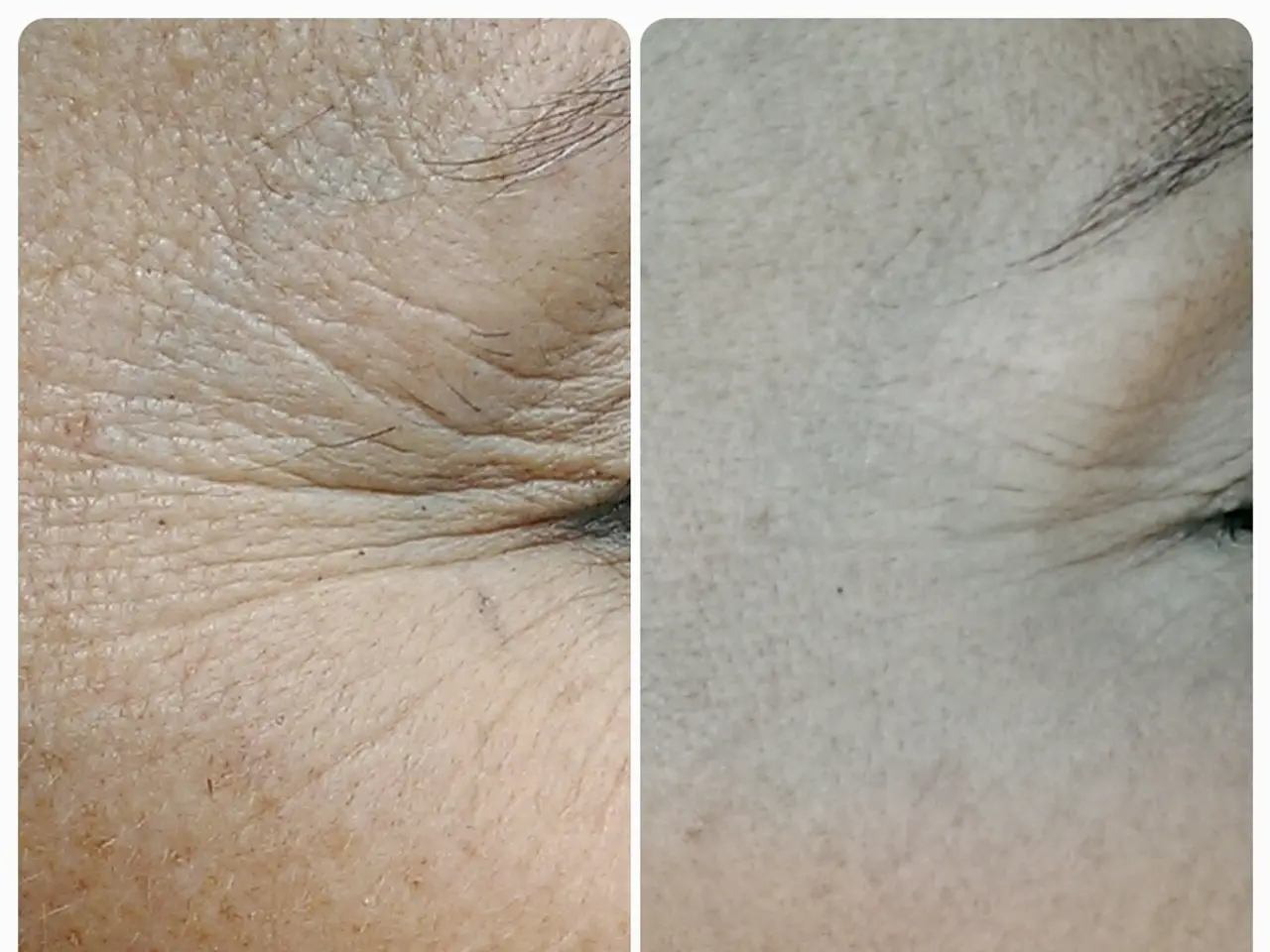Connection between Hidradenitis Suppurativa and Psoriasis: Exploring the Relationship
In the realm of chronic inflammatory skin diseases, two conditions – Hidradenitis Suppurativa (HS) and psoriasis – have been found to share some striking similarities.
Common Symptoms
HS is characterised by painful, inflamed nodules, abscesses, and draining tunnels (sinus tracts) mostly in intertriginous areas like armpits, groin, and under breasts. On the other hand, psoriasis primarily features red, scaly plaques on the skin but can also involve systemic inflammation. Both diseases involve significant chronic inflammation with immune system dysregulation.
Shared Risk Factors
Both HS and psoriasis have been linked to immune system dysfunction and chronic systemic inflammation. Obesity and smoking are strong risk factors common to both conditions. HS patients often have metabolic syndrome, insulin resistance, and other components linked to psoriasis comorbidities, indicating overlapping systemic involvement. HS is more prevalent in females and mostly starts between puberty and 40 years of age, a pattern somewhat overlapping psoriasis in adults.
Potential Treatment Options
Treatments targeting the immune pathways involving cytokines IL-17A and IL-17F have shown efficacy in both psoriasis and HS. BIMZELX (bimekizumab), an antibody inhibiting IL-17A and IL-17F, is effective in managing inflammation in both diseases, reflecting their shared inflammatory mechanisms. GLP-1 receptor agonists, typically used for metabolic disorders like diabetes, show promise in reducing HS symptoms, possibly by addressing systemic inflammation and obesity-related factors, which may also be relevant to psoriasis comorbidity management. Weight loss through lifestyle changes or bariatric surgery can improve HS symptoms by decreasing inflammatory cytokine production, a strategy often recommended for psoriasis patients with metabolic comorbidities.
Implications and Further Research
Emerging evidence suggests a possible link between HS and psoriasis. A 2022 systematic review found that people with HS were more likely to have psoriasis with a 2.67-fold risk. Understanding this connection could lead to more targeted treatments and improved management strategies for both conditions.
It's essential to note that while HS and psoriasis share some similarities, they are distinct entities. Each individual's experience with these conditions can vary greatly, and treatment approaches should be tailored to address the unique needs and symptoms of each person.
If you or someone you know is experiencing symptoms of HS or psoriasis, it's crucial to speak with a healthcare professional. Early intervention can help manage symptoms and prevent complications. Both conditions can cause significant physical and emotional distress, and addressing them promptly can improve quality of life.
- Science has uncovered shared similarities between psoriasis and Hidradenitis Suppurativa (HS), two medical-conditions in the realms of chronic inflammatory skin diseases, raising the potential for common treatment options and improving health-and-wellness outcomes for those affected.
- Additionally, both HS and psoriasis may share risk factors like obesity, smoking, and metabolic conditions, emphasizing the importance of skin-care that addresses systemic inflammation for effective management of these conditions.








